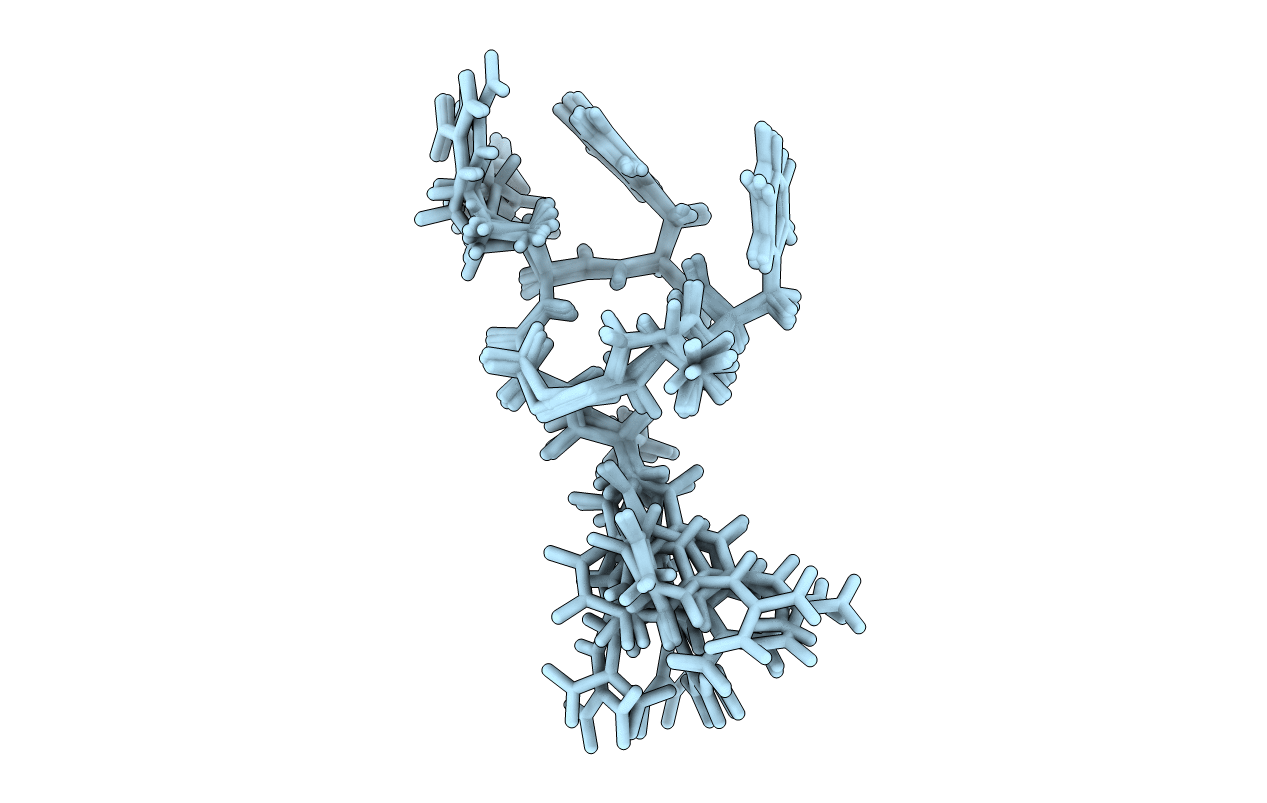
Deposition Date
2017-07-27
Release Date
2018-06-06
Last Version Date
2024-10-23
Entry Detail
PDB ID:
5OLF
Keywords:
Title:
Ligand-Based NMR Study of C-X-C Chemokine Receptor Type 4 (CXCR4)-Ligand Interactions in Living Cancer Cells
Biological Source:
Source Organism:
Homo sapiens (Taxon ID: 9606)
Method Details:
Experimental Method:
Conformers Calculated:
100
Conformers Submitted:
10
Selection Criteria:
structures with the lowest energy


